National
Preston Manning: “Appearing to Cope” – Is This The Best We Can Do?
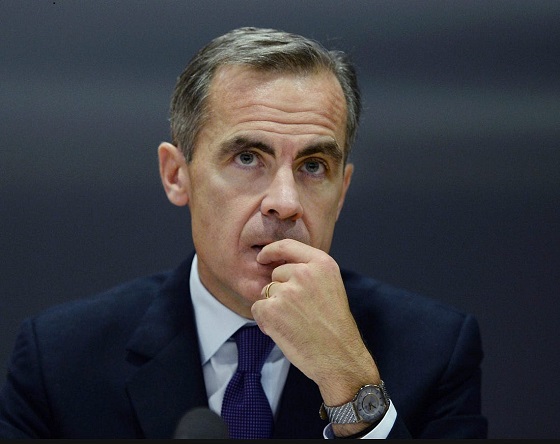
Many years ago, when I was in the consulting business, I visited Washington DC to re-connect with some Republican contacts I had previously made in California and who had since risen to positions of influence with the Nixon administration. In their California days they had been idealistic advocates of change, but when I met them in Washington most of that idealism had evaporated. As they ruefully explained, “ Here in Washington DC, the real name of the game is simply “appearing to cope”.
And how do politicians in high office play this game? When issue X arises, hold a news conference or give a speech acknowledging X’s existence and expressing deep concern. Convene a hearing or a conference on X, calling for decision makers and experts on X to attend and testify. Issue an executive order or send a draft bill to Congress with X in the title, the preamble, and the news release. In other words, substitute announcement for action, conferencing and discussion for results, and appearance for substance.
Flash forward 50 years and regrettably the “appearing to cope” strategy is very much alive and now practiced in Canada by the newly elected Carney government.
Is Infrastructure Development, long neglected and even obstructed by the discredited Trudeau administration, a pressing issue? Of course. So, borrowing from the Conservative platform, now make Infrastructure Development a theme of speeches and commentaries by Liberals seeking and winning election. Post election, convene a federal provincial conference with Infrastructure Development high on the agenda and post-conference communiques announcing “cooperation” on the subject. Introduce a bill in parliament purporting to facilitate Infrastructure Development by reducing federal regulations and interprovincial barriers while prophesying billions of dollars of investment in Infrastructure Development. As yet no actual infrastructure development has occurred – there are no shovels in the ground – but the appearance has been given that the federal government is successfully addressing the issue.
“Appearing to do” as a substitute for actually doing is now complemented and amplified in this age of social media by the ease with which governments and politicians can also “appear to be” something or someone they are not. The exhortation to “Do, rather than appear to do” should now be accompanied by that of the old Latin motto – Esse Quam Videri – “Be, rather than appear to be”.
As the contractors complete the future Chamber of the House of Commons in the refurbished Parliament Building in Ottawa, maybe they should carve into the ceiling of the Chamber – in a prominent place visible to all members of the House. “Do, rather than appear to do. Be, rather than appear to be.” Would not the acceptance and practice of those two exhortations render our politics and our government more worthy of public trust?
Subscribe to Preston’s Substack.
For the full experience, upgrade your subscription.
armed forces
How Much Dollar Value Does Our Military Deliver?

To my great surprise I recently noticed that, despite being deeply engaged in wars against at least four determined enemies, Israel doesn’t spend all that much more on their military than Canada does on its forces. What might that tell us about government efficiency?
There’s fairly universal agreement that Canada doesn’t spend enough on its military. But before we can even ask how much we should be spending, we should understand how much we’re already spending. And figuring that out isn’t nearly as easy as I’d expected.
According to the 2025–26 Expenditures by Purpose data released by the Treasury Board Secretariat, the Department of National Defence (DND) was allocated $35.7 billion (CAN). However, the New York Times recently reported that Primer Minister Carney’s $9.3 billion increase would bring the total defence-related spending to $62.7 billion – which suggests that, prior to the increase, we were set to spend $53.4 billion (CAN).
So I’ll work with both of those figures: $35.7 billion ($26 billion USD) and the pre-announcement $53.4 billion ($39 billion USD). By contrast, Israel currently spends around $37 billion (USD) on the Israel Defense Forces (IDF) which is in the neighborhood of 18 percent of their total budget.¹ The IDF is (literally) getting a much bigger bang for their buck.²
I’m going to compare the military inventories of both countries to get a sense of what a dollar of government spending can get you. I understand that this isn’t an apples-to-apples comparison and there are many complicating factors here. But I think the exercise could lead us to some useful insights. First off, here’s a very rough estimate of existing inventories:
I’m sure there are plenty of caveats we could apply to those numbers, including how much of that equipment is actually fit for service on any given day. But they’ll have to do.
In addition, there are currently 68,000 regular troops in the Canadian Armed Forces (CAF) along with 22,500 reserves, while the IDF employs 169,500 regular troops and 465,000 reserves. They also cost money.
Based on some very rough estimates,³ I’d assess the value of IDF assets at around 2.6 times the value of comparable CAF assets. That means that the IDF – using their procurement systems – would need to spend just $14.4 billion (USD) to purchase the equivalent of the current set of CAF assets.
Now compare that with our actual (pre-increase) expenditures of either $26 billion USD or $39 billion USD and it seems that we’re overspending by either 80 percent or 270 percent.
I think we’d be wise to wonder why that is.
For full context, Israel receives around $3.8 billion (USD) in military aid annually from the U.S.
Speaking of which, for simplicity, I completely left the ongoing costs of ordinance out of my calculations.
If you’re really interested, you can see my calculations here.
Subscribe to The Audit.
For the full experience, upgrade your subscription.
Energy
Energy Policies Based on Reality, Not Ideology, are Needed to Attract Canadian ‘Superpower’ Level Investment – Ron Wallace
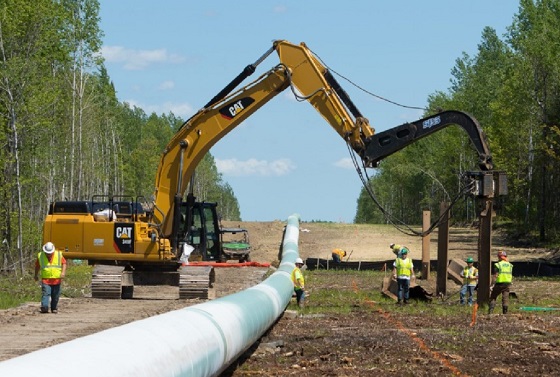
From Energy Now
By Ron Wallace
Get the Latest Canadian Focused Energy News Delivered to You! It’s FREE: Quick Sign-Up Here
OPEC Secretary-General Haitam Al Ghais recently delivered a message in Alberta that energy policies should be “based on reality, not ideology.” These comments are particularly relevant to Canada given the history of the past decade and the future policy path being proposed by the Carney government. Secretary Al Ghais cited studies from the IEA that noted in the past decade global investment in “clean energy” has approached $17 trillion with the result that renewable sources currently supply less than 4% of the world’s energy. Meanwhile, initiatives such as the introduction of EV’s, which apparently continues as a priority policy for Canada, have reached a total global penetration rate of less than 4% as electric cars are increasingly losing their appeal among new drivers in Western nations.
Considering an annual estimated cost of USD $640 billion required to maintain and secure global energy sources, the Secretary-General stressed the importance of “consistent messaging” for capital investment markets as they prepare to meet future energy demands through to 2050. By that time OPEC foresees oil and gas comprising more than 53% of the global energy mix with predictions that global oil demand will rise to more than 120 million barrels per day (mb/d) from the104 mb/d today. As for Alberta, he noted:
“Alberta’s success fits with the inclusive all-energies, all-technologies and all-peoples energy futures that OPC continues to advocate for – one based on realities, not ideologies such as unrealistic net zero targets that fixated on deadlines and dismissed certain energies.”
These words are highly relevant for Alberta and Canada, coming precisely at a time when the Federal government is debating new legislation (Bill C-5) that seeks to accelerate regulatory processes for selected projects. It remains to be seen if this approach will lead to heightened co-operation between Federal and provincial governments.
Federal aspirations, largely focused on Natural Resources Minister Tim Hodgson will quickly be tested by an increasingly impatient Alberta government that has announced plans to entice a private-sector player to build a major crude pipeline to coastal waters. In that regard, Premiers from Alberta and Saskatchewan are increasingly advocating for the repeal of policies like the West Coast tanker ban and net-zero electricity regulations, as they press for the development of defined energy corridors to access tidewaters noting that: “The federal government must remove the barriers it created and fix the federal project approval processes so that private sector proponents have the confidence to invest.” As Premier Moe has argued, if Canada scrapped policies such as proposed caps on oil and gas emissions Saskatchewan, which is currently Canada’s second-largest oil-producing province, could double its annual oil production.
It is more than ironic that controversial legislation currently being fast-tracked through the House (Bill C-5) effectively admits that the raft of Acts and Regulations enacted under the Trudeau government constitute material barriers to national development. The federal government, instead of repealing, or substantially amending that legislation some of which is being challenged, has received tough love from the Supreme Court, instead proposes to give Cabinet the power to suspend the IAA and several other key Acts in order to speed the process of issuing development applications and permits. By not doing the heavy lifting in Parliament needed to repeal or modify the burdensome legislative mandates enacted over the past decade, Carney’s remarkable approach instead chooses to circumvent that legislative base with the arbitrary suspensions of selected laws.
Meanwhile, Bill C-5 has received attention from parliamentarians and Indigenous communities. Former Trudeau-era Justice Minister Wilson-Raybould has commented that Bill C-5 has been developed “behind closed doors” to allow the federal government to “make decisions and build projects on its own terms, at its own pace and based on rules that it choses to make up as they go along.” Their concern is that the proposed law would give unprecedented powers to the federal cabinet to fast-track projects that the Cabinet defines as being in “national interest” allowing them to sidestep Canadian laws such as the Indian Act, Fisheries Act, Migratory Birds Convention Act and Canadian Environment Protection Act. Assumptions that the Act is being designed to facilitate oil and gas, as opposed to renewable energy, projects remain to be seen.
Recall that there remains long-simmering federal-provincial tensions rooted in jurisdictional disputes over the Impact Assessment Act (IAA) (or Bill C-69) which the Supreme Court of Canada (SCC) ruled as having parts that constituted an unconstitutional, “impermissible intrusion“ federal overreach into provincial jurisdiction. Subsequently, the Federal Court overturned Canada’s ban on single-use plastic having deemed that policy to be “unreasonable and unconstitutional”. The federal Clean Electricity Regulations (published in November 2024) are strongly opposed by Alberta which in April 2025 filed a reference case with the Alberta Court of Appeal to challenge the constitutionality of those Regulations with arguments that Canada’s constitution under Section 92A grants exclusive jurisdiction to the province for the generation and production of electrical energy.
Instead of providing regulatory and investment certainty the federal government has chosen to advance Bill C-5 that introduces more, not less, uncertainty into the Canadian energy development and regulatory process. One should ask: Does a process designed to over-ride existing laws and statutes operated by a closed Cabinet that reaches decisions based on “criteria” set by Ottawa, provide enhanced investment certainty for proponents of major energy projects?
Alternatively, would it not be better to amend or repeal existing, punitive federal laws and regulations, starting with those that are presently being actively challenged by the provinces in the courts? Canada needs to ask itself if, with this legislation, we will achieve the “consistent messaging” required to attract the capital investment for energy projects as was highlighted by the Secretary-General.
Ron Wallace is a former Member of the National Energy Board.
-
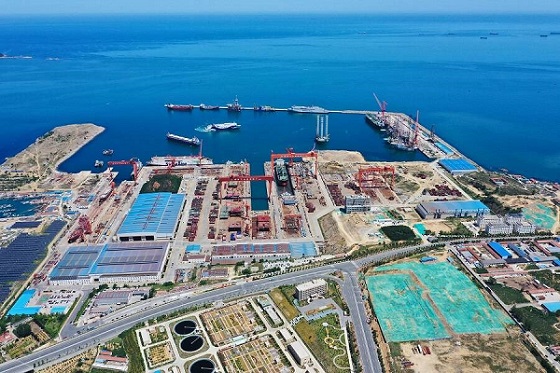
 Business1 day ago
Business1 day agoOttawa Slams Eby Government Over Chinese Shipyard Deal, Citing Security and Sovereignty Risks
-

 Banks2 days ago
Banks2 days agoTop Canadian bank studies possible use of digital dollar for ‘basic’ online payments
-
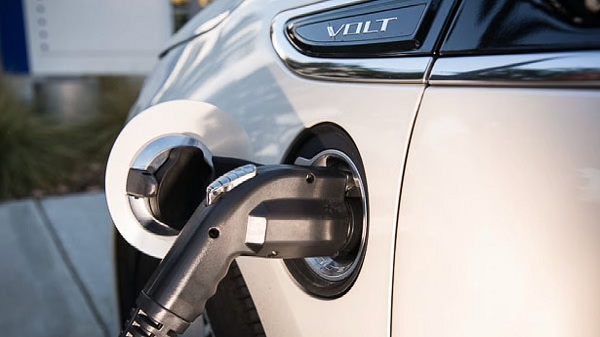
 Automotive1 day ago
Automotive1 day agoCarney’s exercise in stupidity
-
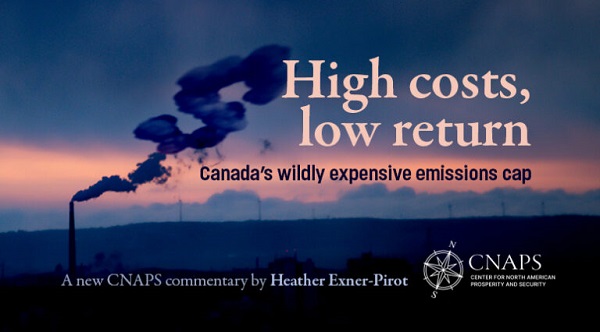
 Alberta1 day ago
Alberta1 day agoHigh costs, low returns – Canada’s wildly expensive emissions cap
-

 Business15 hours ago
Business15 hours agoHigh Taxes Hobble Canadian NHL Teams In Race For Top Players
-

 Business1 day ago
Business1 day agoOutrageous government spending: Canadians losing over 1 billion a week to interest payments
-
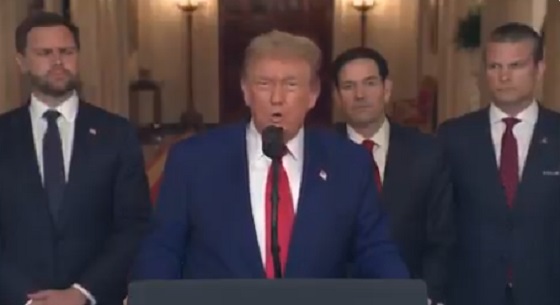
 conflict14 hours ago
conflict14 hours ago“Spectacular military success”: Trump addresses nation on Iran strikes
-

 Energy7 hours ago
Energy7 hours agoEnergy Policies Based on Reality, Not Ideology, are Needed to Attract Canadian ‘Superpower’ Level Investment – Ron Wallace






